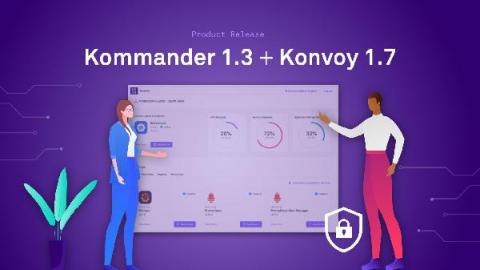Kubernetes admission controllers in 5 minutes
Admission controllers are a powerful Kubernetes-native feature that helps you define and customize what is allowed to run on your cluster. As watchdogs, they can control what’s going into your cluster. They can manage deployments requesting too many resources, enforce pod security policies, and even block vulnerable images from being deployed. In this article, you’ll learn what admission controllers are in Kubernetes and how their webhooks can be used to implement image scanning.











